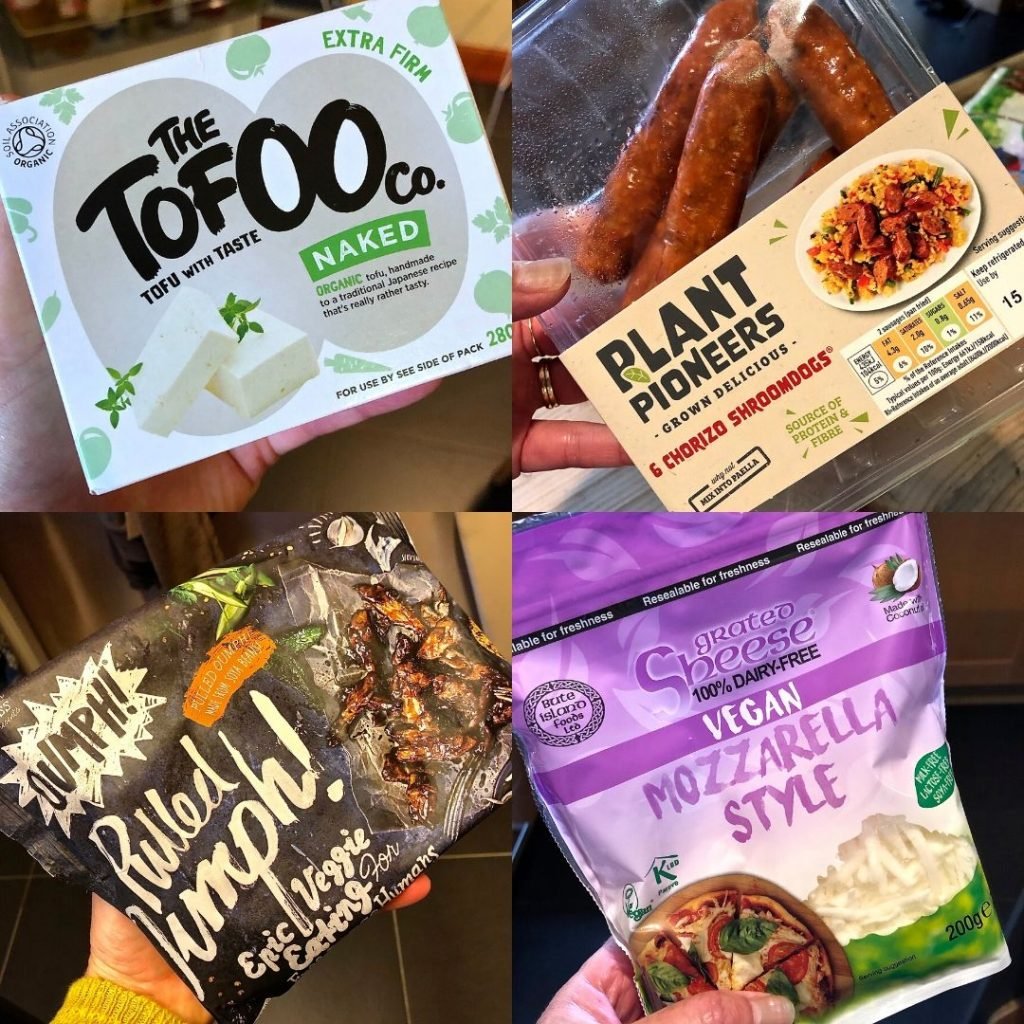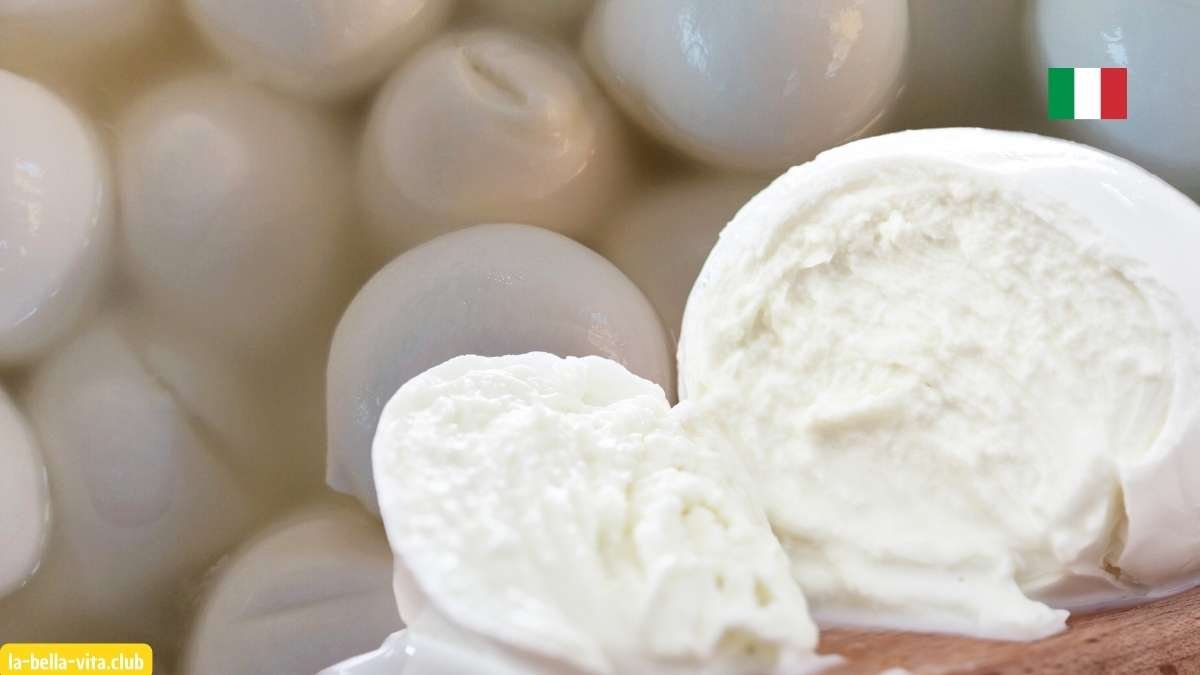In recent years, the popularity of gluten-free and vegan diets has surged, driven by health considerations and ethical concerns. Gluten-free diets cater to individuals with celiac disease or gluten intolerance, while vegan diets exclude all animal products. Embracing these dietary preferences has spurred culinary innovation, particularly in adapting beloved dishes like pizza to meet these needs.

Addressing Dietary Restrictions
Gluten, a protein found in wheat and related grains, poses health risks for those with celiac disease or gluten sensitivity. Avoiding gluten helps prevent symptoms like digestive discomfort and damage to the intestines. Similarly, veganism avoids all animal-derived ingredients, including cheese, meat, and dairy, driven by ethical, environmental, and health motivations.
Innovating with Ingredients
Creating a gluten-free and vegan pizza starts with rethinking traditional ingredients:
- Gluten-Free Crusts: Traditional pizza dough relies on wheat flour, but gluten-free alternatives like almond flour, rice flour, or a blend of gluten-free flours can create a crust that’s just as crispy and satisfying.
- Dairy-Free Cheese: Instead of traditional cheese, vegan options such as almond cheese, cashew cheese, or soy-based mozzarella offer creamy textures and savory flavors without dairy.
- Plant-Based Toppings: Fresh vegetables, mushrooms, spinach, artichokes, and even vegan pepperoni or sausage made from plant proteins provide robust flavors and essential nutrients.
Techniques for Success
Achieving a delicious gluten-free and vegan pizza involves mastering specific techniques:
- Preparation of Gluten-Free Dough: Gluten-free dough requires careful handling due to its lack of elasticity. Adding xanthan gum or guar gum helps improve texture and binding.
- Baking Considerations: Pre-baking the crust slightly before adding toppings can prevent sogginess, ensuring a crispier final product.
- Flavorful Sauces: Homemade tomato sauce or pesto can enhance the pizza’s flavor without relying on cheese for richness.
Popular Varieties
Several popular variations of gluten-free and vegan pizza showcase the diversity and creativity in this culinary space:
- Mediterranean Pizza: Topped with sun-dried tomatoes, olives, artichokes, and dairy-free feta cheese, this pizza offers a burst of Mediterranean flavors.
- BBQ Chickpea Pizza: Featuring BBQ sauce, roasted chickpeas, red onions, and cilantro, this pizza provides a tangy and hearty alternative.
- Margherita with Vegan Cheese: A classic Margherita pizza made with dairy-free mozzarella, fresh basil, and ripe tomatoes retains the traditional flavors while being entirely plant-based.
The Future of Gluten-Free and Vegan Pizza
As awareness and demand for gluten-free and vegan options continue to grow, the future of pizza innovation looks promising. Chefs and home cooks alike are exploring new ingredients, techniques, and flavors to create pizzas that are not only delicious but also inclusive of various dietary needs. With advancements in plant-based cheeses, gluten-free crusts, and creative toppings, pizza lovers can now enjoy this beloved dish without compromise.
Conclusion
Gluten-free and vegan pizza adaptations represent a dynamic intersection of dietary awareness and culinary creativity. By embracing alternative ingredients and innovative techniques, pizza enthusiasts can indulge in satisfying and flavorful pizzas that cater to diverse dietary preferences. Whether enjoyed at home or in restaurants, these pizzas highlight a broader movement towards inclusive and health-conscious eating, ensuring that everyone can savor the joy of pizza without gluten or animal products.



